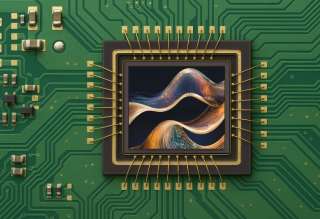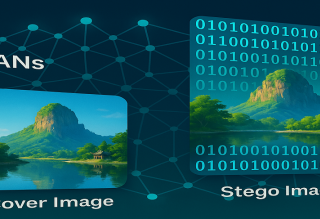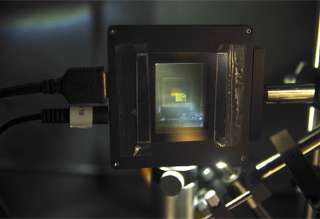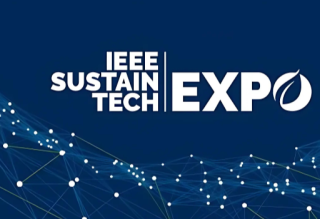A Single-shot Fourier Camera and Its Application to Multipath ToF Imaging
This blog presents a single-shot multifrequency ToF imaging system that effectively handles multipath interference and delivers reliable depth sensing in complex scenes. The proposed joint hardware–software design captures multiple Fourier coefficients of the scene response function in one exposure and leverages robust algorithms to solve the inverse problem through parametric closed-form depth reconstruction.




















